- Mob: 97799-88802,11,12,13,16,17
- 70875-88708,09,10
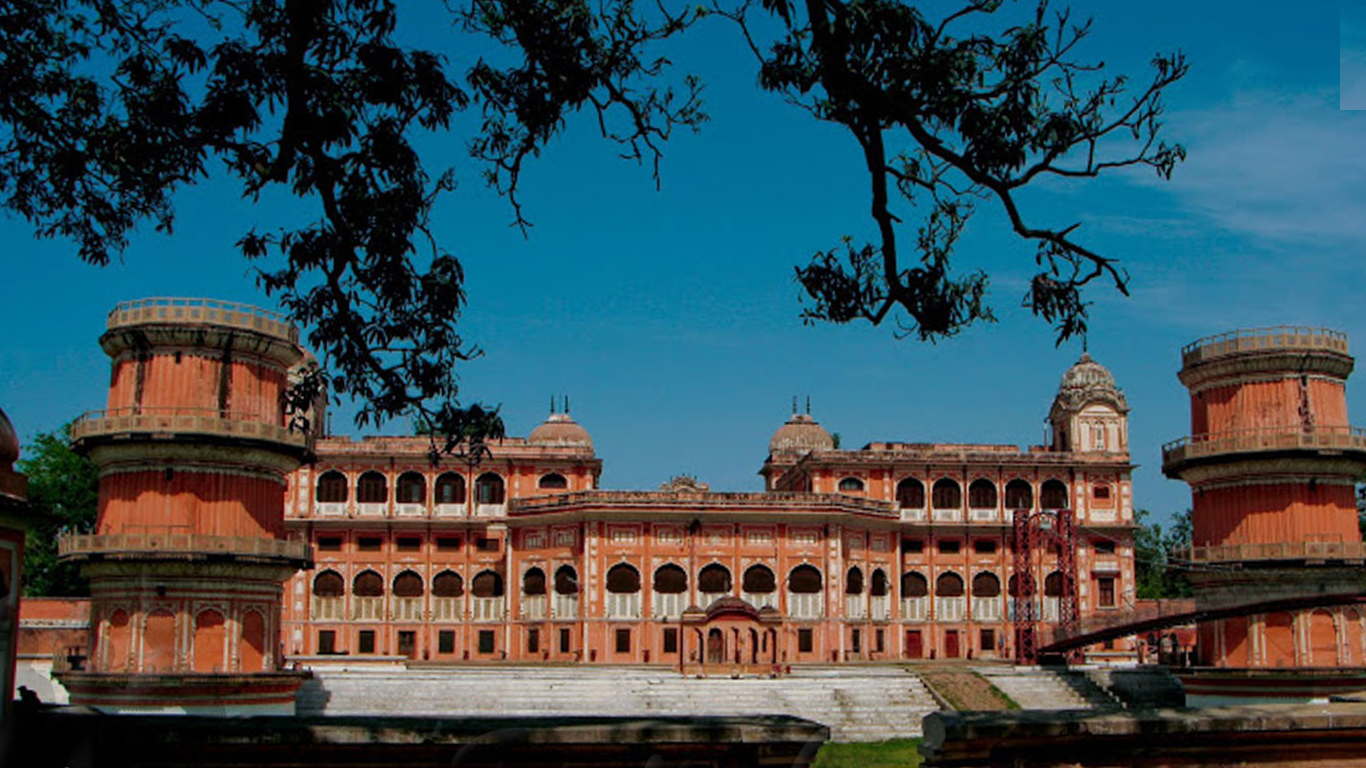
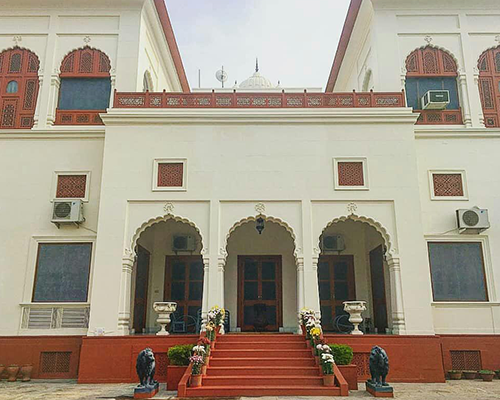
This opulent palace, constructed in 1847 in the Indo-Saracenic architectural style, features 1,000 rooms and 15 dining halls, designed to accommodate the royal family in grand style. Its allure is further enhanced by a sprawling 400-acre garden, complete with terraces and water channels. Following independence, the palace was repurposed and now serves as the residence of the Netaji Subhash National Institute of Sports.
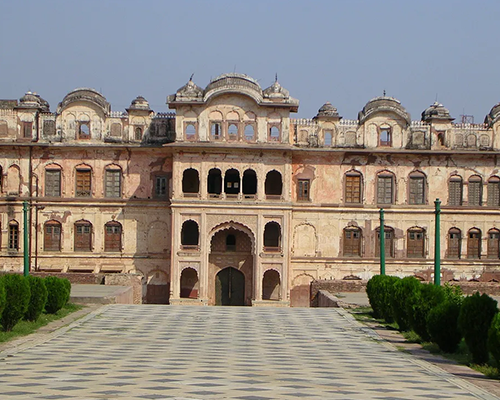
Established in 1764, the royal fort complex spans ten acres and features both inner and outer precincts, showcasing a blend of Mughal and Rajasthani architectural styles across multiple buildings. This site served as the residence for the royal family until the mid-19th century. The inner Qila, which houses the private royal chambers, is organized into nine courtyards, including the intricately adorned sheesh Mahal. Rajasthani and Kangra artists have embellished it with mirror work and frescoes that illustrate scenes from Hindu epics. The outer area, accessed through a grand main gate, includes the Jalau Khana, Lassi Khana (kitchens), Sard Khana (cool room), Ran Bass (guest accommodations), and the Darbar Hall. Renowned for its exquisite ceiling and large Bohemian crystal chandeliers, the Darbar Hall currently exhibits a collection of armor, paintings, artifacts, and royal treasures, such as a solid silver carriage, a jade dagger once owned by Guru Gobind Singh Ji, and the sword of the formidable Persian emperor Nadir Shah, who invaded India in 1739 AD.
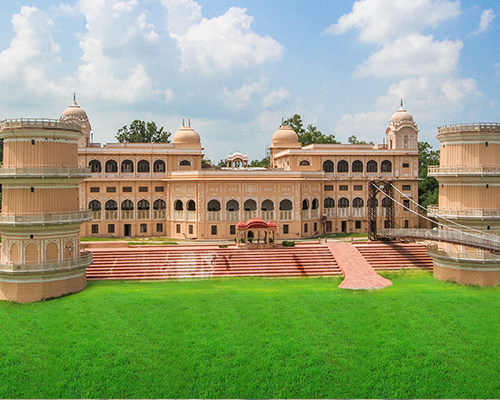
Situated alongside a vast artificial lake, which is spanned by a suspension bridge that connects to the Banasar Ghar, this retreat was conceived by Maharaja Narendra Singh as a personal sanctuary for relaxation. It also served as a creative space for scholars, poets, and artists, who adorned its interiors with stunning murals and intricate mirror work. The property features elegant Mughal terraced gardens, complete with exotic fruit trees, water channels, and a marble pavilion that leads to the historic Moti Bagh Palace. Currently, this palace houses the world’s largest international collection of medals and decorations, including the prestigious Most Noble Order of the Garter, the oldest royal honor in the UK. Additionally, the museum showcases an impressive array of miniature paintings, carved ivory, metal artifacts, various paintings, ornaments, weapons, and vintage clothing.
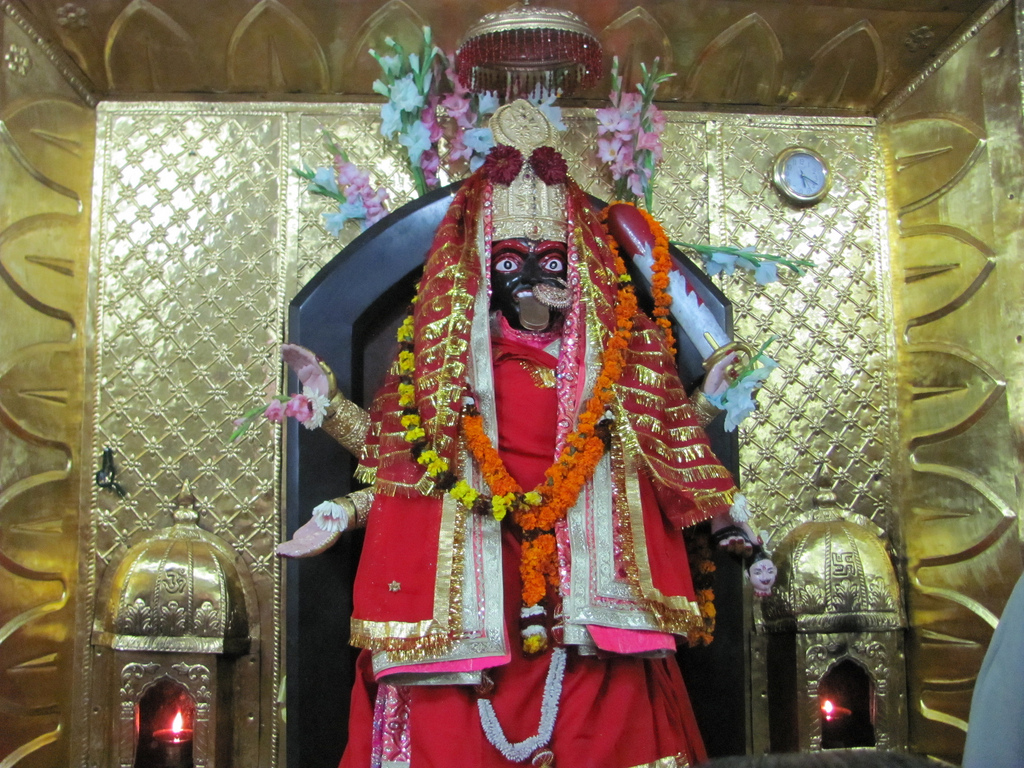
This is a non-religious temple that draws the attention of both Sikh and Hindu worshippers. It is renowned for its life-sized statue of Goddess Kali, which was brought from Kali Ghat in Kolkata by Maharaja Bhupinder Singh.
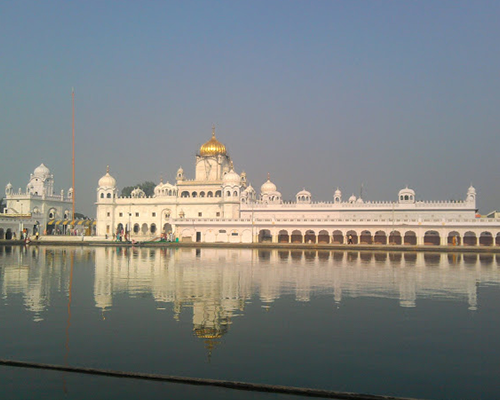
The pool is known for its therapeutic properties. A plaque located in the Gurdwara commemorates the visit of Shri Guru Teg Bahadur Ji in 1675.
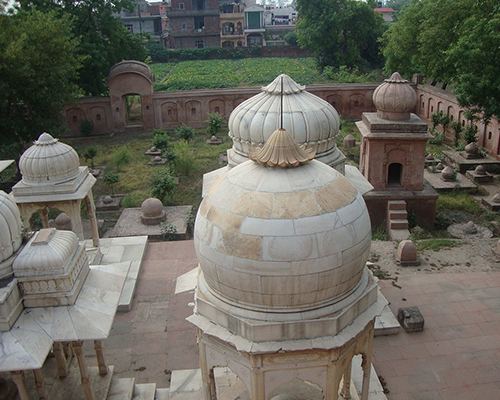
Experience a guided tour that offers a fascinating insight into the rich history and vibrant culture of Patiala. Discover both well-known and lesser-known historical landmarks as you journey from the Shahi Samadhi to the Quila Mubarak, passing through key locations such as Dal Dalia Chowk, Haveli wala Mohala, Chhatta Nanumal, Bartan Bazar, and Quila Chowk (Dashani Deori). This Patiala Heritage Walk showcases the city’s architectural, cultural, culinary, and artistic legacies, providing a wonderful opportunity to appreciate the traditions that have made this royal city renowned. To join the walk, please arrive at the starting point at the specified times and purchase your ticket directly from the licensed guide.








SCO 13, Mansa Devi Complex (Chandigarh Kalka Highway), Sector 5, Panchkula – 134109 Haryana – India
2, Second Floor, Keshav Complex Pinjore – Nalagarh Road, Baddi (H.P.) – India
A6, Ground Floor, Riviera Residency Alto Porvorim,
Goa – India
WhatsApp us